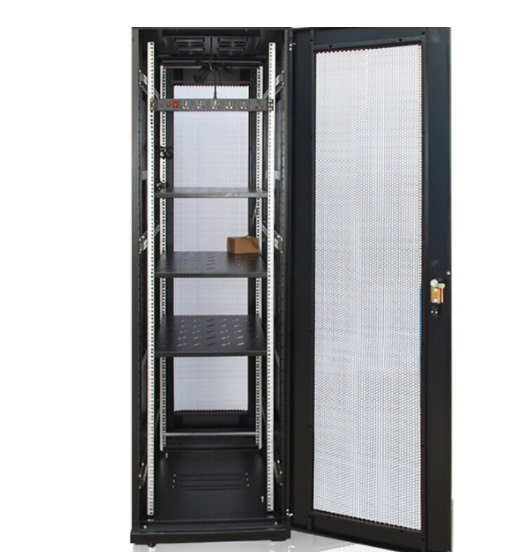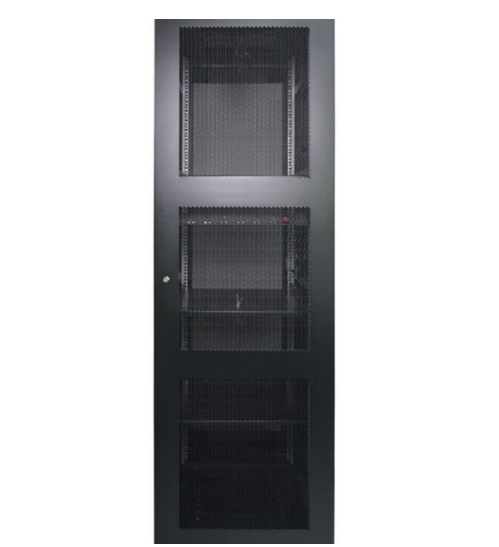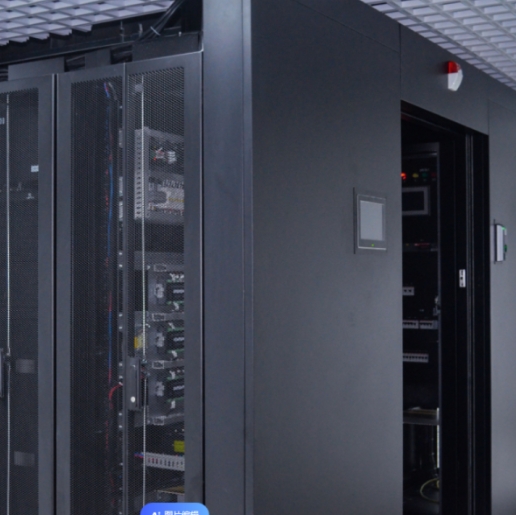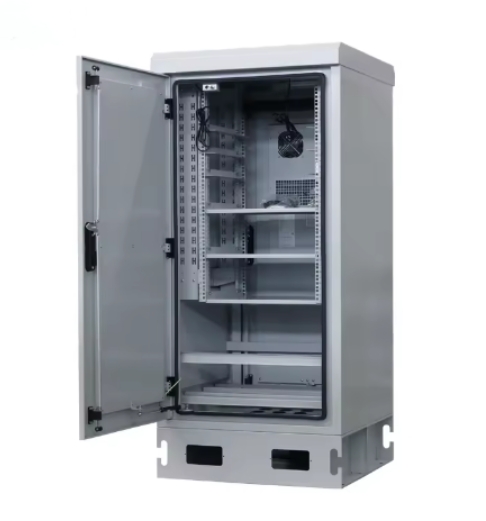Network Cabinet vs Server Cabinet, How to Choose the Right Cabinet?
Network Cabinet vs Server Cabinet, How to Choose the Right Cabinet?
Blog Article
Server cabinet and network cabinet are used to combine installation panels, plug-ins, plug-in boxes, electronic components, devices and mechanical parts and components to form an integrated installation box.
What is a Server Cabinet?



(1) Size of Server Cabinet
The conventional height of the server cabinet is 47U, 42U, 37U, 32U, 27U, 22U, etc. The width is usually 600mm or 800mm, and the depth is generally above 900mm.
(2) Structure of Server Cabinet
The server cabinet consists of a frame and a cover (door), has a rectangular shape, and usually placed on the ground.
The cabinet materials generally use thin steel plates, steel profiles of various cross-sectional shapes, aluminum profiles, and various engineering plastics.
In addition to welding and screwing, the cabinet frame also uses bonding technology.
The assembly arrangement of plug-in boxes and plug-ins divided into two categories: horizontal arrangement and vertical arrangement.
What is Network Cabinet?

(1) Character of Network Cabinet
Network cabinets also need to have good rigidity, strength, and electromagnetic isolation, grounding, noise isolation and other properties.
The cabinet should also have anti-vibration, anti-impact, corrosion resistance, dustproof, and waterproof properties.
Network cabinets should be easy to operate, install, and maintain, and should have good usability and safety protection facilities.
(2) Size of Network Cabinet
The depth of a network cabinet is generally less than 800mm (to meet the size requirements of network equipment), and the width has two common specifications of 600mm and 800mm.
(3) Structure of Network Cabinet
Network cabinets also need to have good rigidity, strength, and electromagnetic isolation, grounding, noise isolation and other properties.
The cabinet should also have anti-vibration, anti-impact, corrosion resistance, dustproof, and waterproof properties.
Network cabinets should be easy to operate, install and maintain, and should have good usability and safety protection facilities.
Server Cabinet vs Network Cabinet, Which one to Choose?
When purchasing network storage devices, server equipment, etc., it is best to choose a server cabinet with a depth greater than 1 meter, good ventilation, and strong load-bearing capacity.
Network cabinets are suitable for products with low depth requirements. Such as switches, hubs, etc.
Before purchasing, be sure to explain your needs to the manufacturer (determine the size) so that the cabinet that best meets your requirements can be customized. Report this page